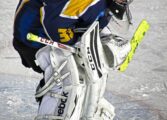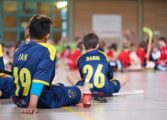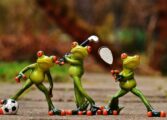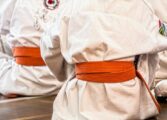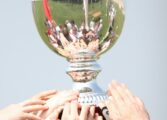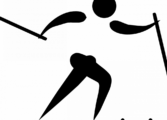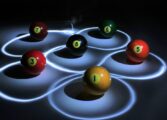Resultat OS Curling: En omfattande analys av en populär vintersport
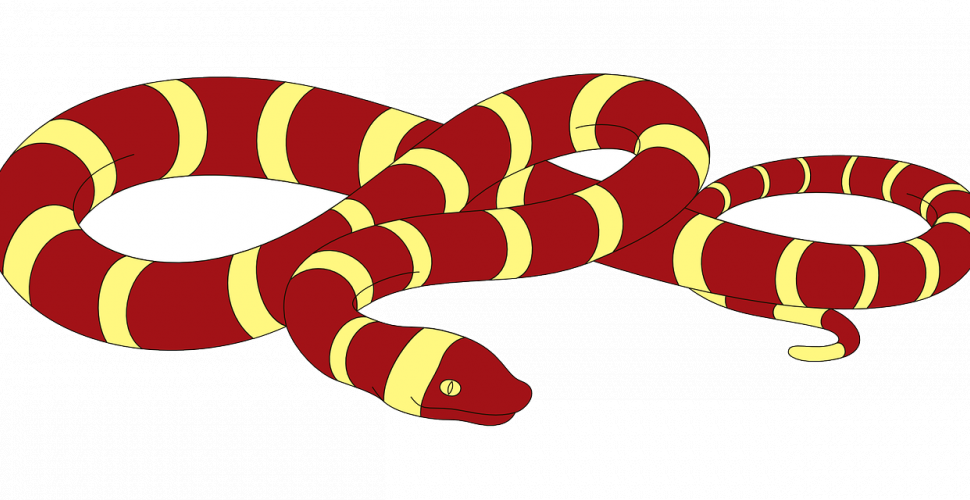
Resultat OS Curling
Introduction:

Curling is a beloved winter sport that has gained immense popularity worldwide, especially during the Olympic Games. In this article, we will provide a comprehensive overview of results in Olympic curling, highlighting its types, popularity, quantitative measurements, and how different results in curling differ from one another. Additionally, we will delve into the historical analysis of the advantages and disadvantages associated with various curling outcomes.
An Overview of Olympic Curling Results
Olympic curling results encompass the outcomes of both individual matches and overall team performances. In curling, teams of four players take turns sliding granite stones across a sheet of ice, aiming to position them strategically in a target area called the ”house.” Points are scored depending on how close the stones are to the center of the house, with the team having the most stones closest to the center earning the highest score.
Types and Popularity of Olympic Curling Results
There are various types of Olympic curling events, including men’s curling, women’s curling, mixed doubles curling, and team tournaments. Each category garners significant attention and maintains its unique fan following. The men’s and women’s curling events are the most traditional and widely watched. However, in recent years, mixed doubles curling, which features two players per team, has gained substantial popularity due to its fast-paced nature and strategic gameplay.
Quantitative Measurements of Olympic Curling Results
To evaluate curling results quantitatively, several key statistics are taken into consideration. These include:
1. Win Percentage: This measurement reflects the percentage of matches won by a team. It provides a clear indication of a team’s overall performance and competitiveness.
2. Scoring Efficiency: Scoring efficiency determines how successful a team is at positioning their stones in scoring positions within the house. It can be calculated by analyzing the number of points scored per end (round) played.
3. Shot Accuracy: Shot accuracy indicates a player’s ability to place the stone accurately within the target area. It is determined by assessing the proximity of a player’s shots to the desired location.
By analyzing these quantitative measurements, one can gain a deeper understanding of a team’s success and strategical prowess in Olympic curling.
Differentiating Olympic Curling Results
Despite the fundamental objective of curlingto position stones as close to the center of the house as possibledifferent results within the sport can vary significantly. Factors that contribute to these differences include:
1. Playing Styles: Teams may adopt different playing styles, ranging from defensive to aggressive. Some teams focus on precision while others opt for riskier shot selections. These choices can greatly influence outcomes and strategies employed during gameplay.
2. Ice Conditions: Curling results can be affected by the condition of the ice. Different rinks and arenas may have varying temperatures and surfaces, impacting how stones glide and curl. Teams adept at adapting to these unique conditions may have an advantage.
3. Psychological Factors: Psychological factors such as pressure, nerves, and team dynamics can significantly impact curling results. The ability to remain focused and make sound decisions under pressure often separates successful teams from the rest.
Historical Analysis of Pros and Cons of Olympic Curling Results
Over the years, Olympic curling results have faced both advantages and disadvantages. Some of the advantageous aspects include:
1. Increased Recognition and Exposure: With the Olympics being a global stage, curling results gain significant recognition and exposure, attracting new enthusiasts to the sport.
2. Enhanced Funding Opportunities: Successful results can attract sponsorships and increased funding for the sport, leading to better facilities, training programs, and competitive environments.
However, there are also disadvantages associated with Olympic curling results:
1. Increased Pressure and Expectations: Higher stakes and expectations often accompany success, placing additional pressure on athletes and teams to maintain their performance levels.
2. Comparative Analysis: Successful results may lead to constant comparisons with previous performances, putting more strain on athletes and risking burnout.
Conclusion:
The results of Olympic curling showcase the skill, strategy, and dedication of athletes competing in this thrilling winter sport. Understanding the various aspects, popularity, and historical significance of curling outcomes add depth to the enjoyment and appreciation of this beloved sport. As spectators and enthusiasts, we eagerly await future Olympic Games to witness new achievements, records, and memorable curling results.










